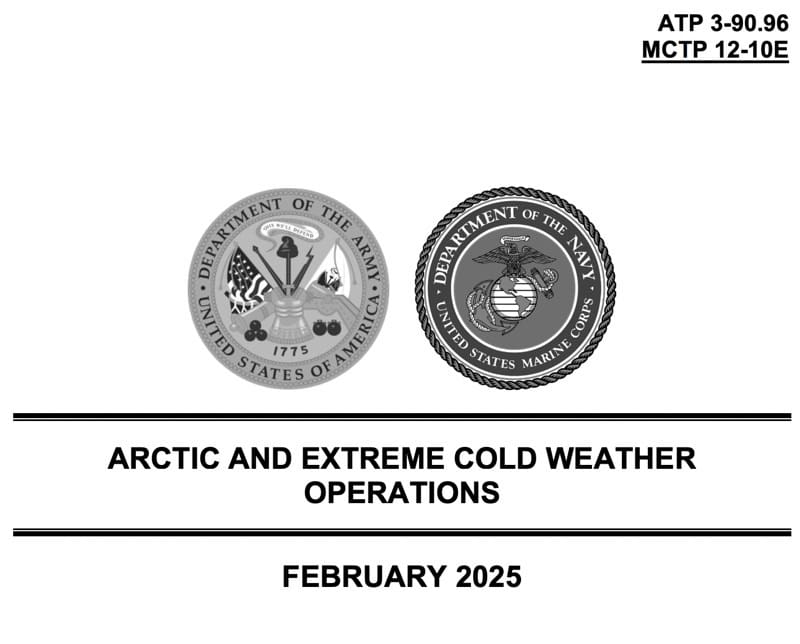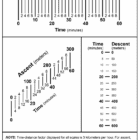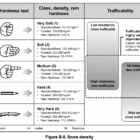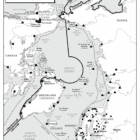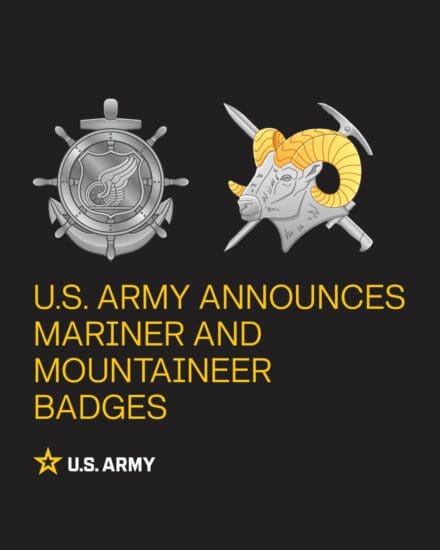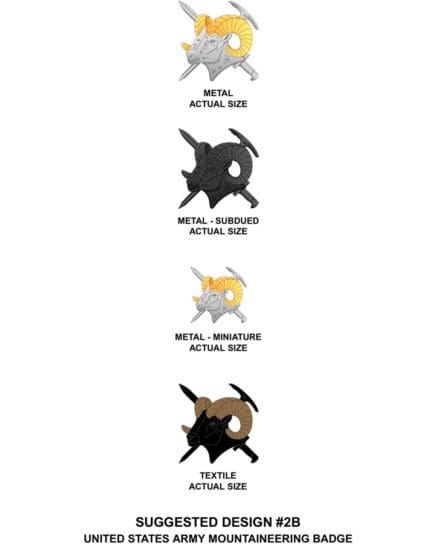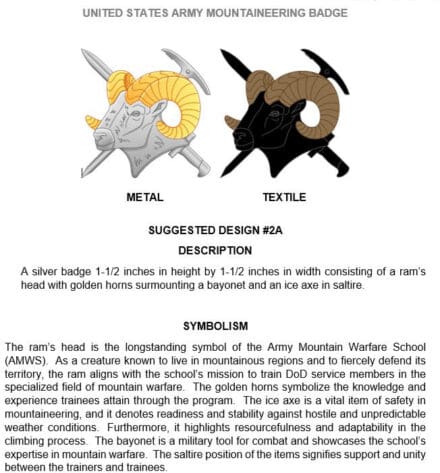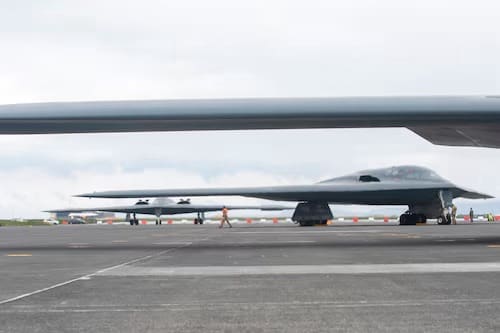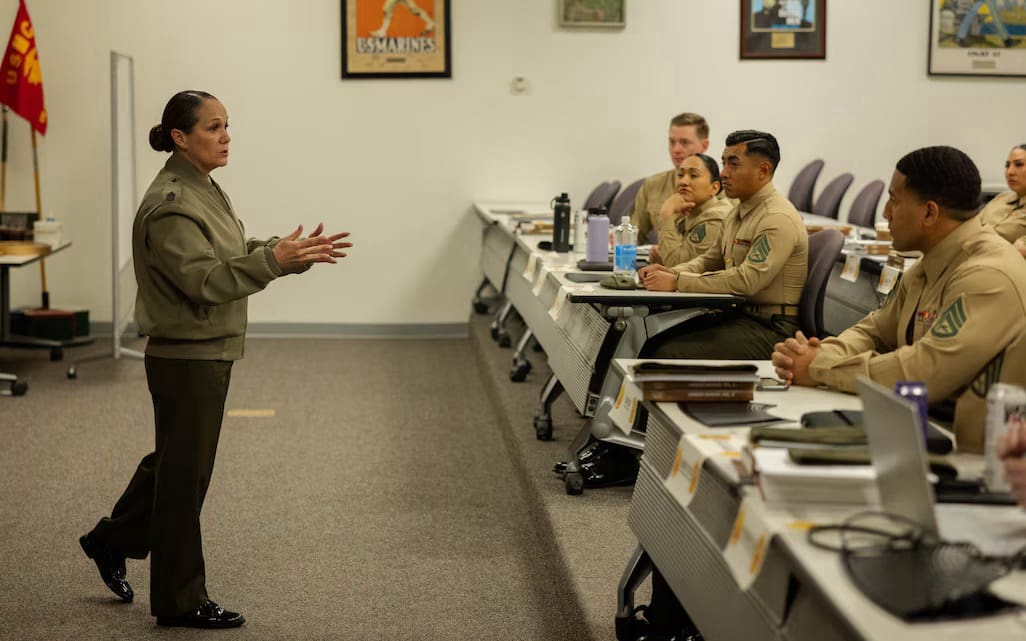FALLS CHURCH, Va. (AFNS) —
The Department of Air Force updated a medical guidance memorandum, Jan. 24, 2025, to offer healthcare providers additional guidance when evaluating Airmen and Guardians for a Pseudofolliculitis Barbae, or PFB, diagnosis.
PFB is a chronic inflammatory skin condition in response to the entrapment of recently cut, short hairs. In June 2020, the Air Force Medical Serviceestablished guidance for shaving profiles and implemented a five-year shaving profile for patients with PFB. However, the guidance did not offer medical providers clear language on the diagnosis of PFB, and it did not differentiate PFB from shaving irritation.
The new profile guidance takes effect March 1, 2025, and distinguishes between mild, moderate and severe cases of PFB. In addition to the guidance, the AFMS is providing additional information, consistent across the Department of Defense, to educate providers and patients on grooming techniques, treatment methods, and temporary and permanent profile exemptions.
According to the memorandum, permanent and extended duration shaving profiles are generally reserved for severe cases, while mild-to-moderate cases may benefit from more frequent management, follow-ups, and temporary profiles.
While all current shaving profiles remain valid, as the memorandum is implemented March 1, 2025, shaving-related profiles will expire 90 calendar days after the individual’s next periodic health assessment. The 90-day window equips Airmen and Guardians with time to schedule and complete an appointment with their healthcare provider to reevaluate the condition.
The shaving guidance memorandum from the Department of the Air Force will serve as a guideline, emphasizing education and consistency to ensure standardization and proper management of medical shaving policies across the DAF.
Current Efforts: Education and Evaluation
Moving forward, the AFMS is focusing on educating service members, privileged providers, and senior profiling officers about shaving waivers. Key aspects of this initiative include:
Distinguishing Between Conditions: Educating medical professionals on the differences between mild, moderate, and severe PFB versus shaving irritation.
Training for Providers: Ensuring all providers who issue profiles understand the standards and receive additional training as needed.
Unit-Level Training: Implementing education efforts at the unit level to enhance understanding across the force.
Memorandum Guidance: Shaving Guidance Memorandum signed Jan. 24 to standardize how profiles for medical necessity are evaluated and issued.
Col. Mark B. Dudley, Flight and Operational Medicine branch chief, said “from a medical standpoint, our job is to evaluate, diagnose, treat and provide a profile if necessary. Our goal with any medical condition is to return the individual to duty and enable them to meet the standards based on DAF or policy DoD.”
Bridging Standards with Sister Services
Aligning Department of the Air Force policies with Army and Navy standards is a critical aspect of these reforms.
“We need to educate medical providers and profiling officers for mild, moderate, and severe conditions. Our sister services already provide that baseline education,” Lt. Gen. John J. DeGoes, U.S. Air Force and Space Force surgeon general, said. “This initiative will ensure consistency across the Department of Defense and better prepare service members and providers to address grooming-related medical conditions.”
This guidance is in alignment with the overall Department of the Air Force effort to create policy that is easier to understand, easier to comply with and easier to enforce with the goal of maintaining a highly disciplined and professional force.
Looking Ahead
The AFMS is committed to ensuring that medical profiles relating to shaving are understood and applied uniformly across the DAF. With the guidance memorandum in place, this approach will ultimately create a more standardized, informed and equitable system for service members and medical professionals alike.
As the AFMS enters the Air Force Medical Commandera, these changes will contribute to a stronger, more unified force.
Courtesy of Air Force Surgeon General Public Affairs
